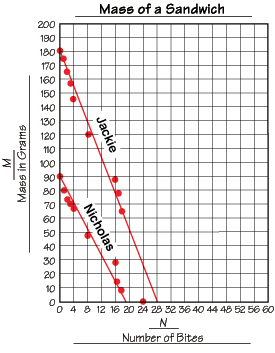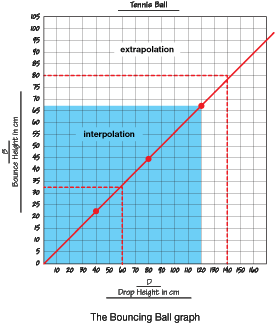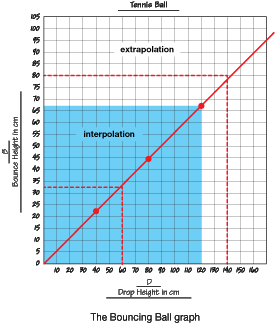Students find the mass and volume of different amounts of clay and different-sized steel spheres. They use proportional reasoning to discover that the density of a material does not change when different amounts of a material are measured. Several extension activities are offered following the lesson.
Content in this Lesson
- Representing the relationship between variables as a ratio [E2].
- Finding equivalent fractions and ratios using a variety of strategies (e.g., using models, using multiplication and division, using graphs and tables) [E3].
- Using ratios and proportions to solve problems [E4].
- Measuring mass to the nearest tenth of a gram [E6].
- Measuring volume by displacement to the nearest tenth of a cc [E7].
- Collecting and organizing data into a table and line graph to represent the relationship between variables [E10].
- Representing the variables and procedures of an investigation in a drawing [E9].
- Making point graphs and drawing best-fit lines to represent ratios and proportional relationships [E11].
- Using patterns in tables and line graphs to make predictions and solve problems [E12].
- Translating between different representations of ratios (graphic and symbolic).
- Knowing the problem [MPE1].
- Finding a strategy [MPE2].
- Showing work [MPE5].
- Using labels [MPE6].
Assessment in this Lesson
| Assessment | Expectation Assessed | Math Practices Expectation Assessed |
|---|---|---|
|
Mass vs. Volume: Proportions and Density |
|
|
|
Mass vs. Volume: Proportions and Density |
|
|

















